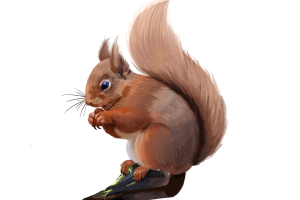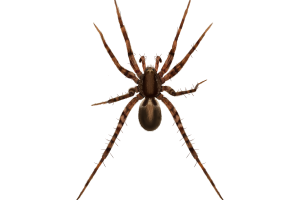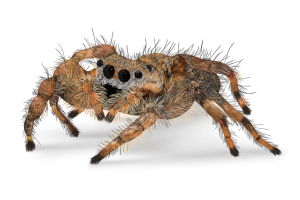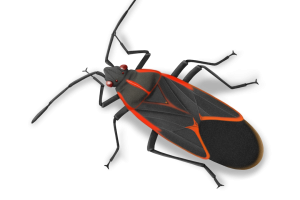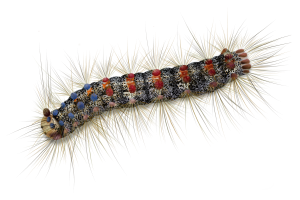Jumping spiders, belonging to the Salticidae family, are a diverse and widespread group characterized by their remarkable jumping ability. They have a compact body, short legs, and a stocky build. Their most distinctive feature is their large, forward-facing eyes. Jumping spiders have eight eyes arranged in three rows—a pair of large, prominent eyes in the front row, followed by two smaller eyes in the second row, and four smaller eyes in the bottom row.
Their excellent vision enables them to accurately judge distances and stalk prey with precision. Unlike many other spiders, they do not rely solely on webs for hunting. Instead, they actively hunt and pounce on their prey, leaping impressive distances compared to their body size. They use silk to build shelters but not to capture prey.
Jumping spiders are incredibly diverse in coloration and patterns, showcasing a range of hues from black and brown to various shades of gray, often with striking patterns or iridescent markings that can include blues, greens, or metallic tones.
These spiders are commonly found in diverse habitats, from forests to urban areas, often residing on vegetation, walls, or ceilings. Despite their formidable appearance, jumping spiders are generally harmless to humans and are considered beneficial as they help control insect populations.
Their curious and interactive behaviour, along with their intriguing hunting tactics, make them fascinating subjects for observation and study.

